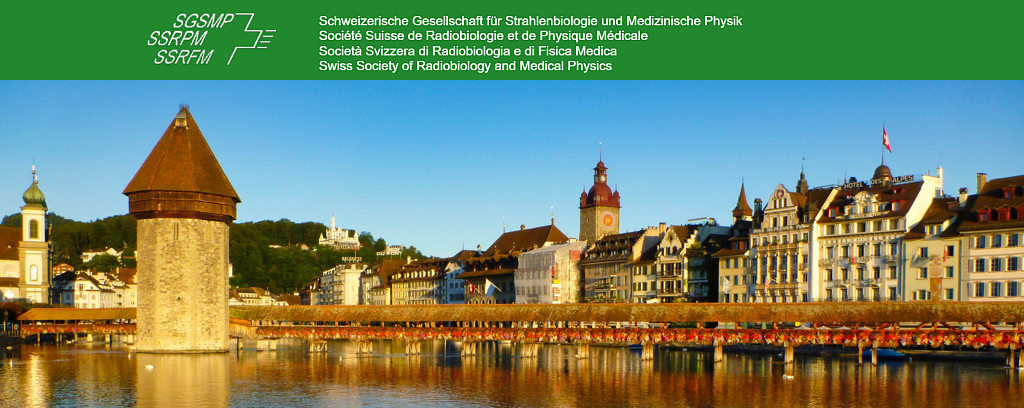Speaker
Description
Purpose
The objective of this study is to assess the feasibility of automated O-Ring Halcyon Linac SBRT plans for lung metastases and determine a Planning Target Volume (PTV) threshold as an indicator of plan quality. The study also contrasts plan quality and treatment durations between Halcyon Linac (HAL) and CyberKnife (CK) robotic SBRT.
Methods
A total of 17 previously treated CK lung treatment plans were automatically generated for the Halcyon system. The prescription doses ranged from 39-54 Gy, with a mean/median of 3 fractions. The mean/median PTV volume was 4.9/4.3 cm³. Plan quality was evaluated using a series of dose target metrics, including New Conformity Index (NCI), Conformity Index (CI), Modified Gradient Index (MGI), spillage, and the percentage of prescribed isodose volume (%PIV). The assessment involved a statistical analysis combining the Wilcoxon rank test and cluster analysis to establish a comparative quality threshold for PTV. The potential impact on organs at risk (OARs) was evaluated based on compliance with international guidelines and predictions of normal tissue complication probabilities (NTCP).
Results
All Halcyon plans and the majority of CK treatment plans (94%, n = 16) adhered to the defined tolerance criteria. Analysis of dosimetric indices demonstrated a statistically significant enhancement in HAL plan quality for target sizes surpassing the found 4.0 cm³ quality threshold. The dose metric of CK plans remained consistently stable across varying PTVs. Notably, only the MGI index exhibited statistically significant inter-cohort differences above the comparative quality threshold. The evaluation of NTCP revealed lung toxicity rates of less than 1.6% for HAL plans and 2.3% for the CK cohort.
Conclusion
Clinical compliance was achieved by all automatically generated Halcyon plans and the majority of CK treatment plans. The identification of a 4.0 cm³ PTV threshold as a predictor for HAL plan quality suggests a potential quality criterion. Further research is essential to validate these observations. It's worth noting that the study did not encompass mechanical limitations and plan delivery assessment, as these aspects were beyond the study's goal.

